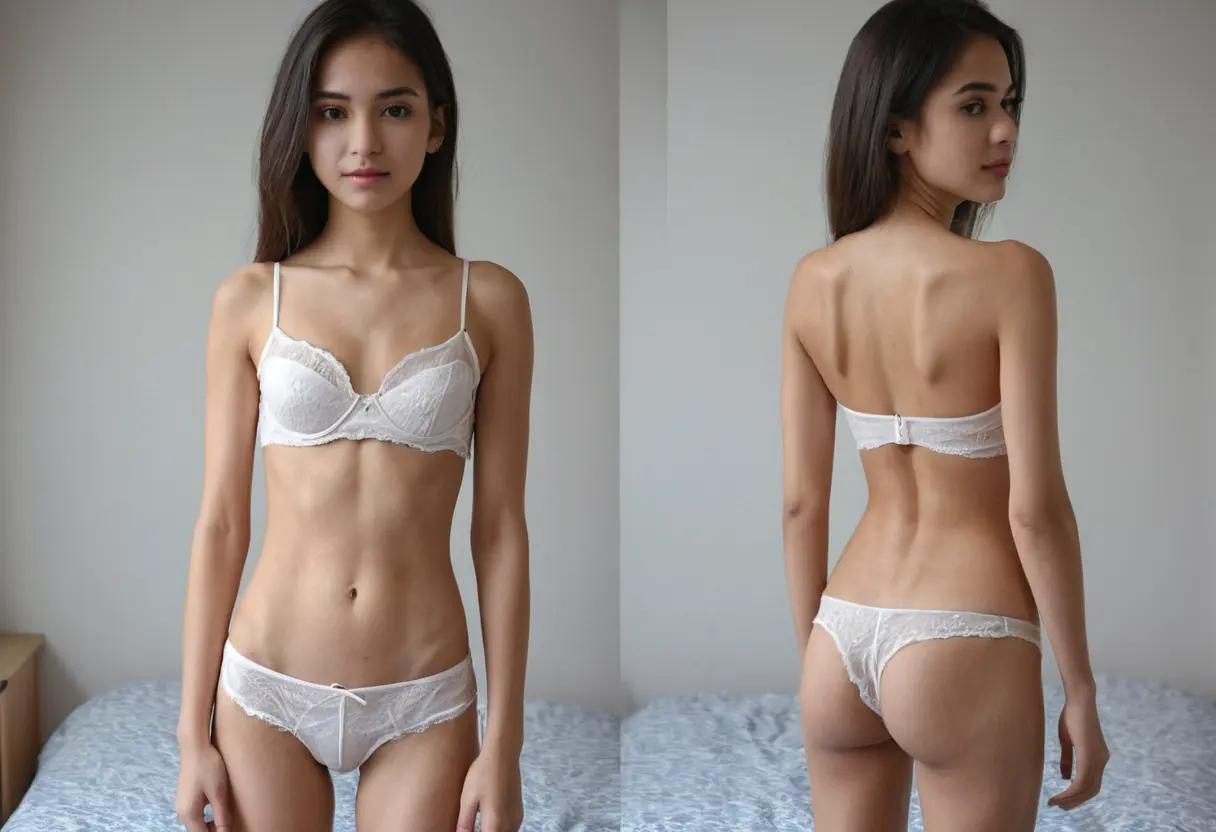
The rise of artificial intelligence (AI) in recent years has brought significant advancements across various industries, from healthcare to entertainment. One particularly controversial area is the development of AI-powered tools that can generate undress and nude images. These tools, which are often referred to as “AI nudification” or “AI image manipulation,” have garnered attention due to their implications for privacy, ethics, and digital content creation. In this article, we will explore the future of free AI-powered undress and nude image generation, examining the technology behind it, its potential applications, ethical concerns, and the possible societal impacts.
AI-powered nude image generation utilizes sophisticated algorithms, particularly deep learning models, to create or alter images to appear as though a subject is undressed or in a state of nudity. The technology leverages neural networks, specifically Generative Adversarial Networks (GANs), to learn from large datasets of images and apply transformations to new, unseen images.

The process involves training AI models to recognize human bodies and clothing, then using that knowledge to remove clothing or modify an image to generate a nude version. These systems often rely on user input to guide the transformation, making the process highly customizable and at times, disturbingly realistic.

At the core of AI nude image generation is the concept of machine learning. Specifically, deep learning algorithms such as GANs (Generative Adversarial Networks) have been instrumental in pushing the boundaries of what AI can achieve in the realm of image manipulation.

Generative Adversarial Networks (GANs) are composed of two neural networks: a generator and a discriminator. The generator creates images, while the discriminator evaluates them against a dataset of real images. Through iterative learning, the generator improves its ability to produce highly realistic images that are nearly indistinguishable from real-life photos.
AI-driven nude generation tools often use a combination of GANs and other computer vision techniques to detect and interpret human anatomy and clothing, allowing for seamless transformations. This technology has the ability to process a wide range of image types, from selfies to professional photography, and generate nude versions with alarming accuracy.
As with any emerging technology, AI-generated nude images raise significant ethical concerns. One of the primary issues is consent. In many cases, individuals’ images are altered without their permission, resulting in privacy violations and the potential for exploitation. This can be particularly harmful when AI-generated images are shared online without the person’s knowledge, potentially causing reputational damage or emotional distress.
Another concern is the misuse of the technology. AI tools that generate nude images can be exploited to create explicit content involving celebrities, public figures, or even minors, often without their consent. The ability to create fake yet convincing images raises important questions about the limits of digital content creation and the responsibility of developers and users alike.
Additionally, these technologies can contribute to harmful body image standards, especially if used to manipulate or objectify individuals without their knowledge or consent. The normalization of AI-generated nude content could also exacerbate existing issues related to online harassment and cyberbullying.
While the ethical implications are concerning, AI-powered nude image generation does have legitimate applications across various fields, particularly in industries such as entertainment, digital art, and marketing.
These applications, however, should be handled with great care and responsibility to ensure they are used ethically and do not infringe on individuals' rights or perpetuate harmful stereotypes.
The rapid advancement of AI technology has outpaced the development of legal frameworks to regulate its use. As AI-powered nude image generation tools become more accessible and prevalent, there will likely be an increasing demand for legislation to address issues such as consent, privacy, and intellectual property.
Some countries have already introduced laws that criminalize the creation and distribution of non-consensual explicit content, including AI-generated images. However, enforcement remains a challenge due to the anonymous and decentralized nature of the internet.
In the future, we may see more stringent regulations requiring AI developers to implement safeguards that prevent misuse, such as watermarking AI-generated images to signal their artificial nature, or instituting strict consent protocols before altering images. International cooperation will be crucial in creating global standards to combat the negative aspects of this technology while allowing for responsible innovation.
AI-powered undress and nude image generation is a rapidly advancing field with both exciting potential and troubling ethical concerns. While the technology promises to revolutionize industries like entertainment, fashion, and digital art, its ability to create highly convincing and sometimes harmful content presents serious risks to privacy, consent, and safety.
As we move forward, it is essential that AI developers, legislators, and society at large work together to establish responsible guidelines for the use of these technologies. Balancing innovation with ethical considerations will be key to ensuring that AI-driven image manipulation is used for positive purposes, while minimizing its potential for harm.